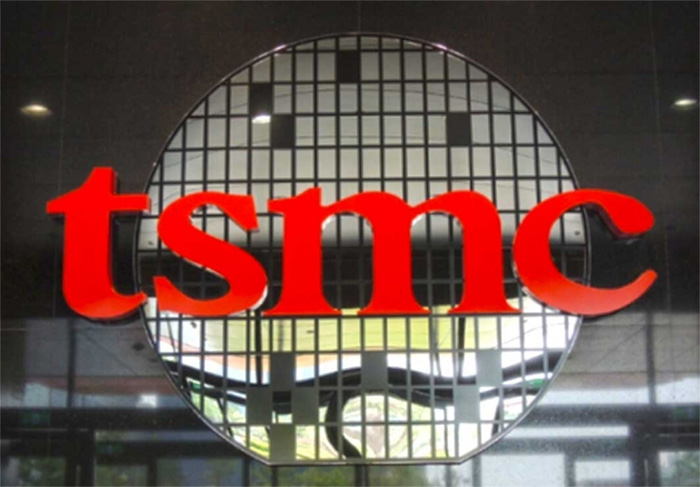Wafer contamination causes a loss of $550 million, so TSMC downgraded Q1 quarterly revenue guidelines.
As the global largest wafer generation foundry, TSMC has a huge impact on the market in the process of 28 to 7 nm. Safe production of TSMC will affect a number of semiconductor design companies. Last year, TSMC was affected by a Win7 computer poisoning incident in the wafer factory. Unfortunately, a wafer contamination incident broke out at the end of last month. The main problem was a batch of photoresist materials. TSMC stated previously that this incident would not affect Q1 quarterly performance. However, the impact of photoresist contamination events seems to be much higher than previously expected today. It is estimated that Q1 quarterly revenue will reduce $550 million. Fortunately, some products can be produced ahead of time so the Q1 quarterly revenue affected is about $300 million. Therefore, TSMC expects that Q1 quarterly revenue will decrease from the previous $7.3-7.4 billion to $7.0-7.1 billion.

Due to the slowdown of semiconductor industry and the sluggish demand of smartphone market, TSMC has reduced its revenue expectations in 2019. The revenue guidelines issued by TSMC at the previous Q4 earnings conference were about $7.3-7.4 billion, down 14% year-on-year and 22% month-on-month. This is mainly because of lower productivity utilization, especially in 7nm advanced technology process with double-digit decline. A big reason is that demand for smartphones is still sluggish this year. IPhone produced by Apple, a 7nm major customer, is still unsold, and the supply chain has repeatedly heard about billing.
In response to market changes this year, TSMC also cut its capital expenditure by $10 billion or $11 billion, about $1 billion less than its original target.
Shortly after the sharp reduction of revenue guidelines, TSMC broke out the wafer contamination incident. On January 19, 12nm and 16nm process yields of Fab 14B wafer factory in NANCO were found some problems. After investigation, it was thought that the problem was in photoresist materials, which were supplied by experienced manufacturers they had cooperated with for many years. There had been no problems before, but the specifications of these materials were quite different from those of the past.
Affected by the impact of the wafer contamination, TSMC said that it had stopped using the raw materials immediately and notified affected customers. TSMC had closely communicated with the customers over the past 10 days, including the details of replenishment and delivery date. Thanks to the current 12/16 nm capacity utilization rate, TSMC can recover most of its lost capacity in Q1 quarter, reiterating that this incident would not affect Q1 quarterly earnings forecasts. Even if Q1 cannot be recovered, Q2 quarter will be.
TSMC did not release the number of contaminated wafers. Previous explosions claimed that about 10,000 wafers were discarded. However, the latest explosion said that the loss of the contaminated wafers was much higher than expected, up to 40,000 discarded wafers. Although this data was not officially confirmed by TSMC, TSMC issued a new Q1 quarterly revenue guideline yesterday that Q1 quarterly revenue guide will reduce from the previous $7.3-7.4 billion to $7.0-7.1 billion, a decrease of about $300 million.
The reduction of $300 million is not the total loss of this wafer contamination incident. TSMC expects to lose as much as $550 million in Q1 quarter due to photoresist contamination, resulting in gross margins reduced by 2.6% and operating profit decreased by 3.2%. However, some of the products originally scheduled for Q2 quarter will be put into production ahead of schedule, together with some increased demand, which makes up for TSMC about $230 million in Q1 quarter. Thus there is a decline of only $300 million in revenue guidance.
